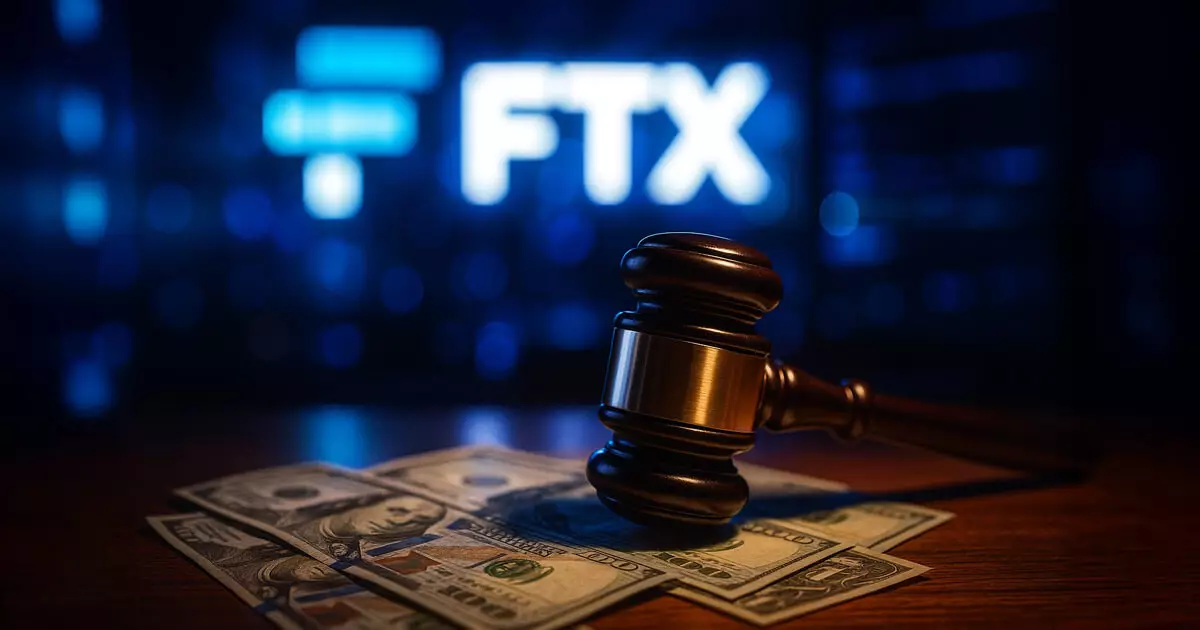The recent announcement from the FTX Recovery Trust about its upcoming distribution represents a pivotal moment in what has been an unending saga of chaos, litigation, and financial uncertainty. While creditors cautiously celebrate what appears to be progress, the truth is that this is merely a small step in a much longer journey toward transparency and full accountability. The decision to set a record date for August 15 and issue payouts by late September may seem promising on the surface, but it raises important questions regarding the true nature of this process and who truly benefits.
Thin Optimism Masking Deeper Complexities
The release mentions a significant reduction in disputed claims reserves—from $6.5 billion to $4.6 billion—freeing up much-needed cash. While such financial maneuvering can be seen as a positive move towards creditor repayment, it also exposes the opaque and often arbitrary mechanics that have characterized the FTX saga. Are these reserves being managed transparently? Or are they simply a means to pacify anxious creditors while the core issues of accountability remain unresolved? The fact that the estate enjoys court approval to cut the disputed claims reserve hints at a possible prioritization of cash flow over justice.
Distribution Process: A Race Against Time and Bureaucracy
The current payout schedule underscores an even more troubling concern: the bureaucratic maze that creditors must navigate to receive their funds. Finishing KYC checks, submitting tax forms, and completing onboarding are all necessary hoops that could delay or even deny rightful claimants their due. This process, while seemingly procedural, reinforces an inequitable system where access to funds becomes increasingly dependent on technical compliance rather than the merits of the claims themselves. The strict cutoff date of August 15 further emphasizes a short-sighted approach that favors deadline adherence over thorough reconciliation.
Unfinished Business and the Facade of Closure
While the May 30 payout of nearly $5 billion provides some temporary relief, it is clear that the fundamental issues remain unaddressed. The overall recovery effort is organized piecemeal—delayed, opaque, and often far from transparent. The narrative spun by FTX officials and their appointed administrators leans toward building the illusion of progress. Yet, behind the scenes, the struggle to determine who is truly owed what is ongoing, with significant sums still locked in legal disputes, and the risk of further mismanagement looming.
A Critical Perspective on the Path Forward
In the broader context, this pattern reveals a disturbing tendency for debtors and administrators to prioritize quick payouts over comprehensive justice. What is needed now is a shift toward genuine transparency and accountability—something that appears increasingly elusive given the current approach. Creditor trust, though seemingly restored by payouts, remains fragile when the entire process appears driven more by bureaucratic deadlines than the pursuit of legitimate resolution. If this trajectory continues, it could undermine faith in the entire bankruptcy proceedings and diminish the willingness of creditors to participate in future recoveries.
This installment in FTX’s recovery process, while a necessary milestone, should be viewed with skepticism rather than optimism. The core issues of mismanagement, opacity, and the prioritization of technical compliance over moral obligation remain unresolved. For average creditors, hope is tempered by the realization that the real challenge lies ahead—one that demands accountability far more than mere payouts.



















Leave a Reply